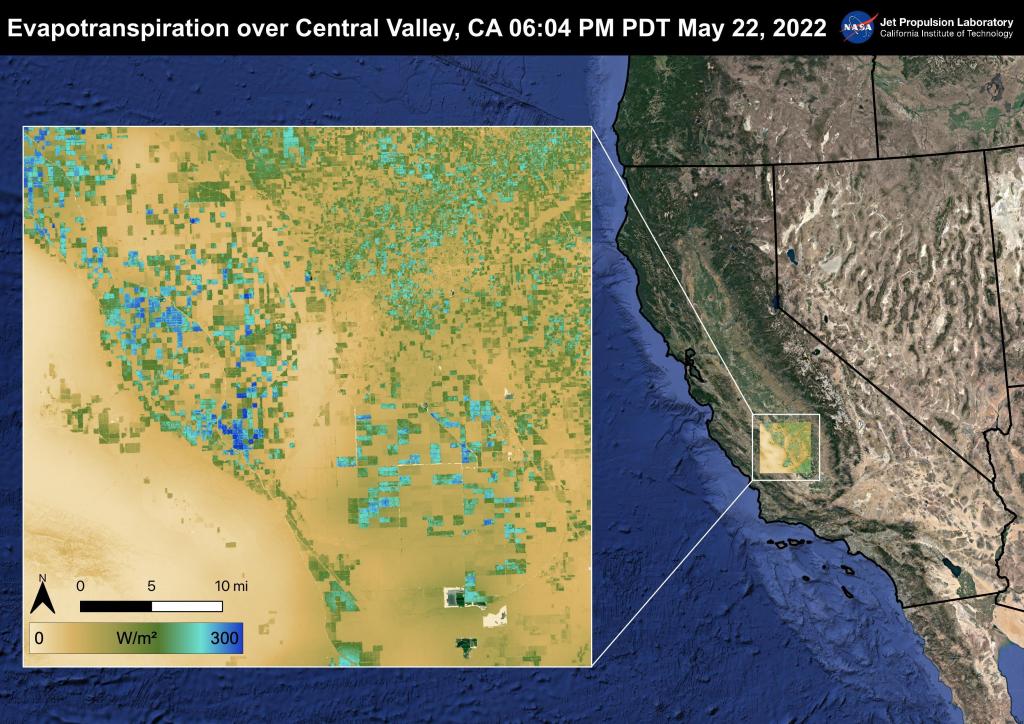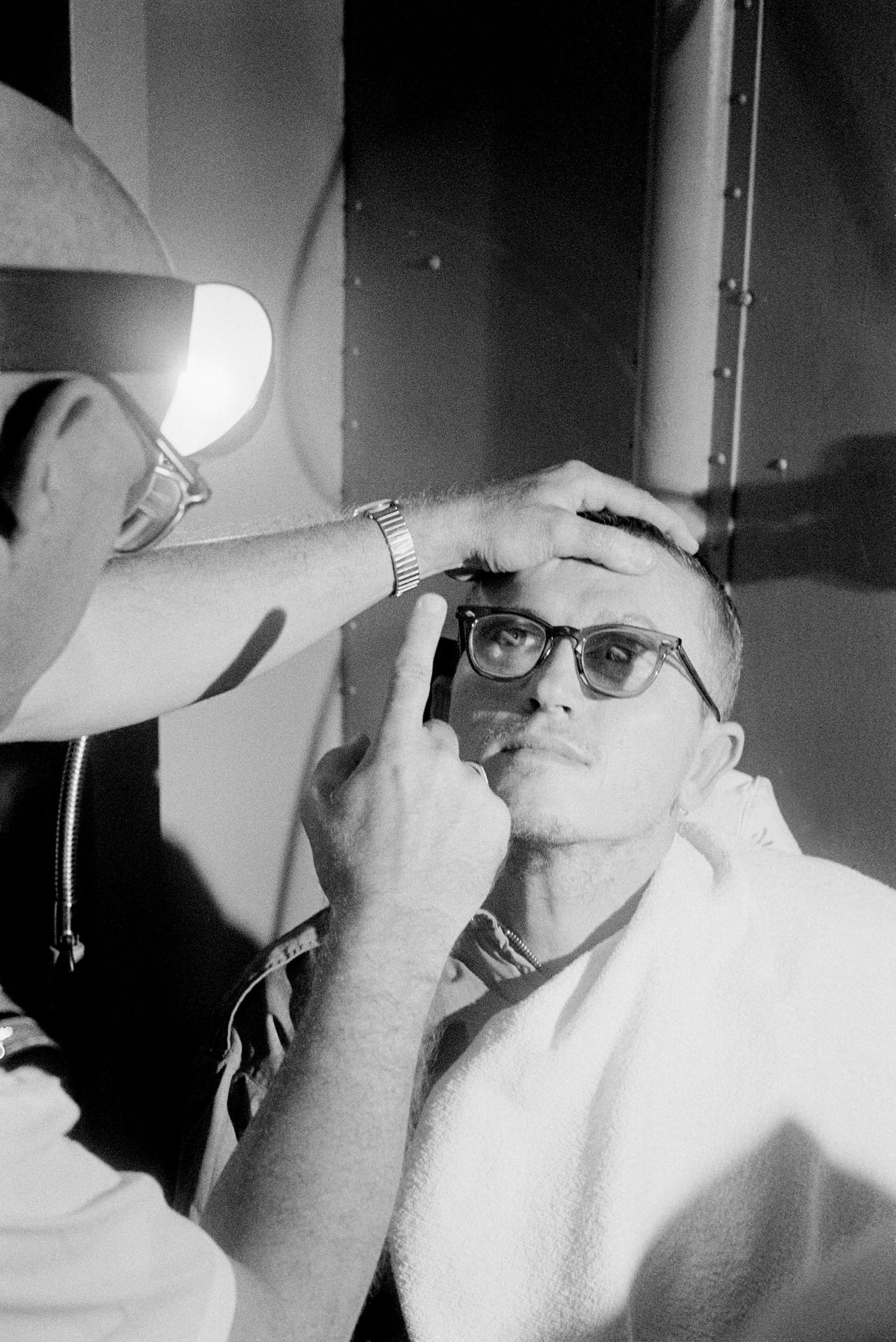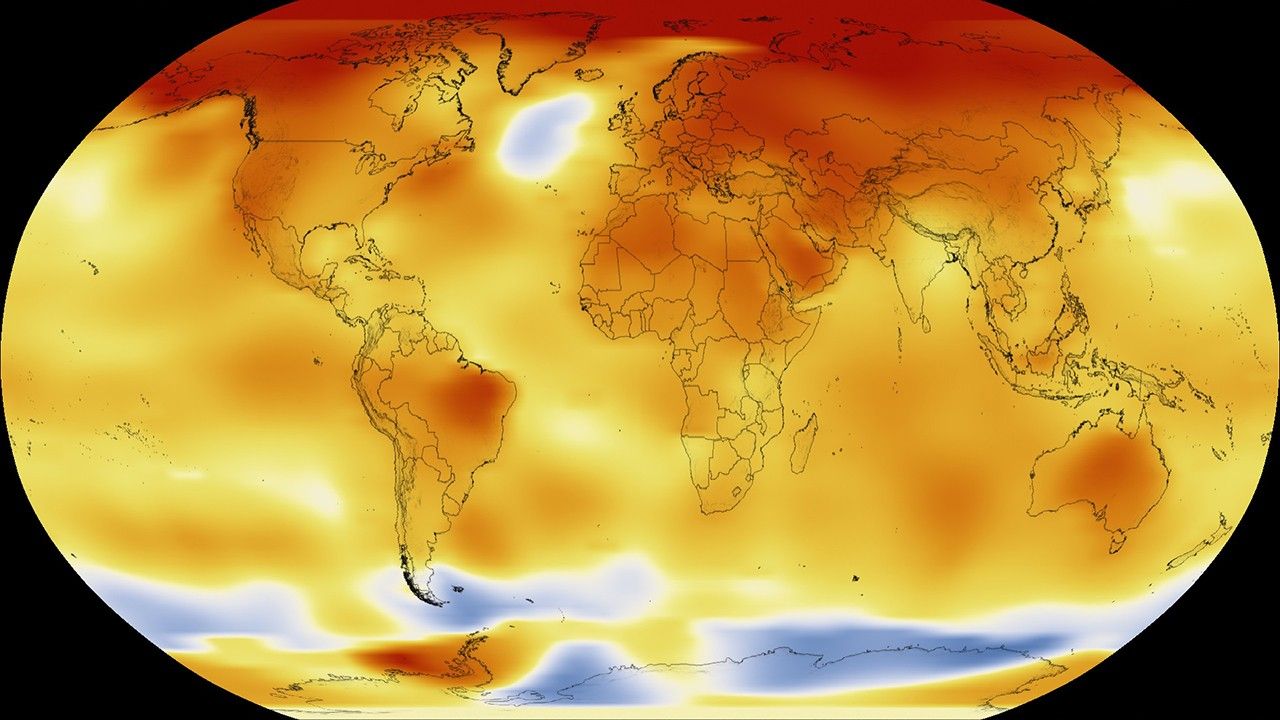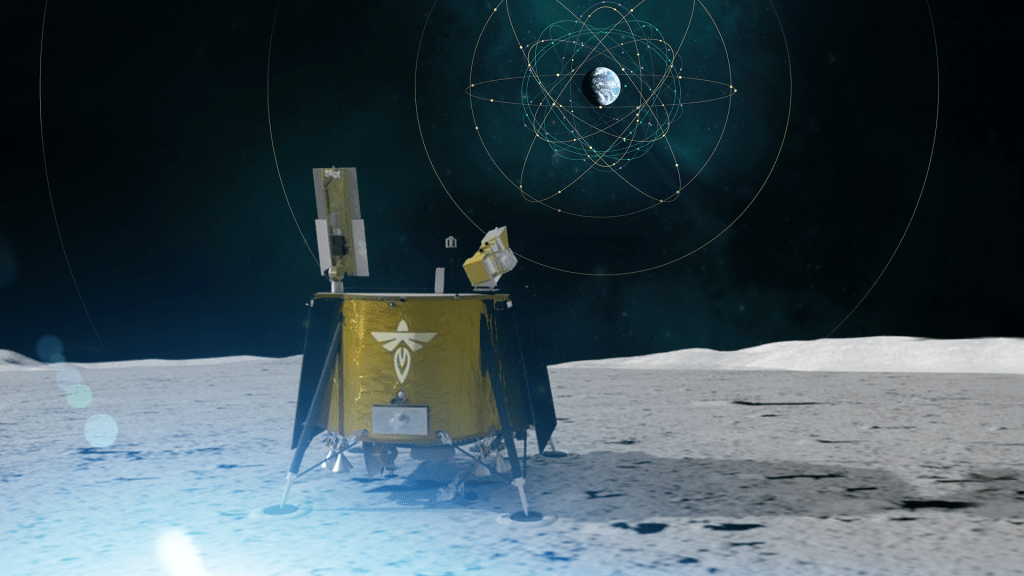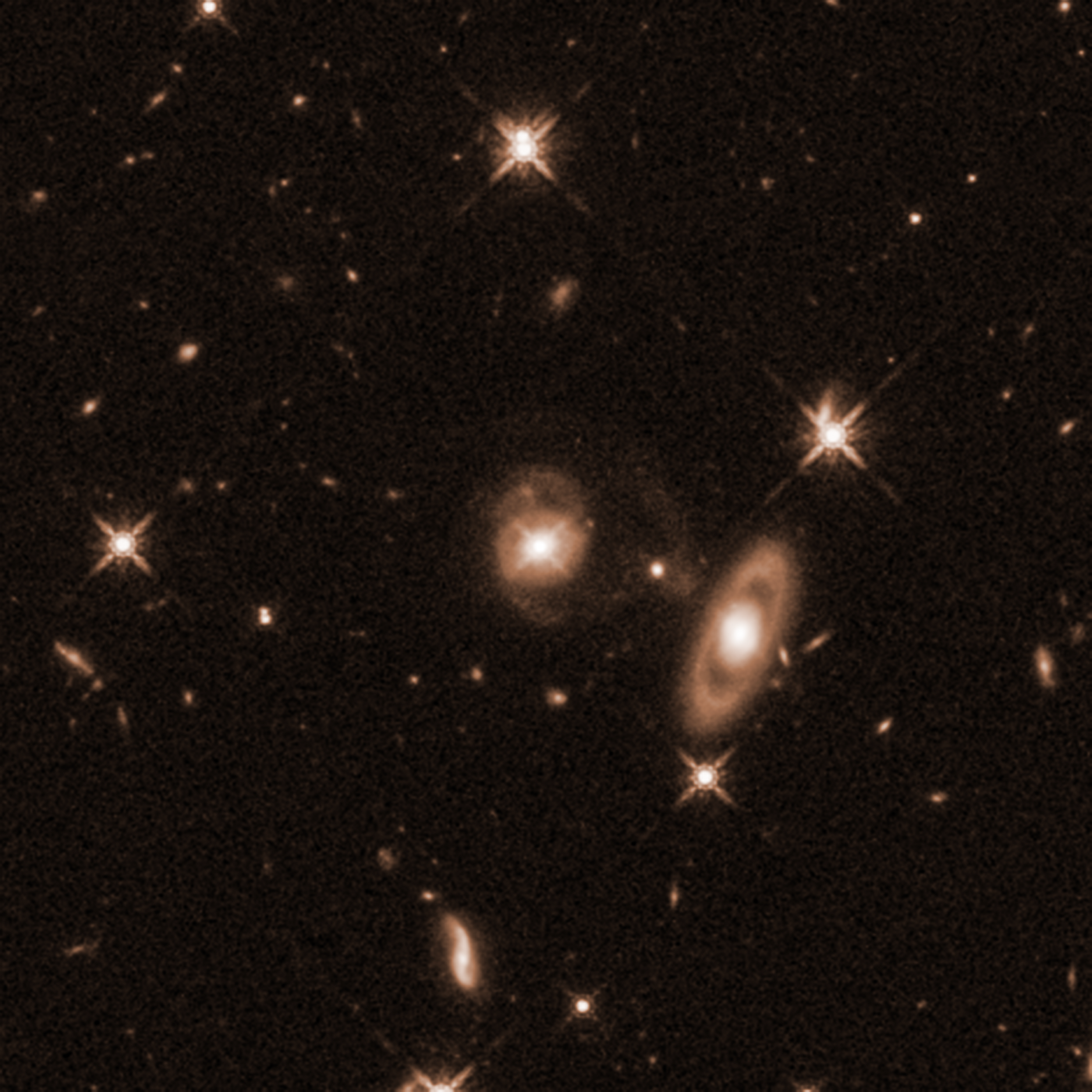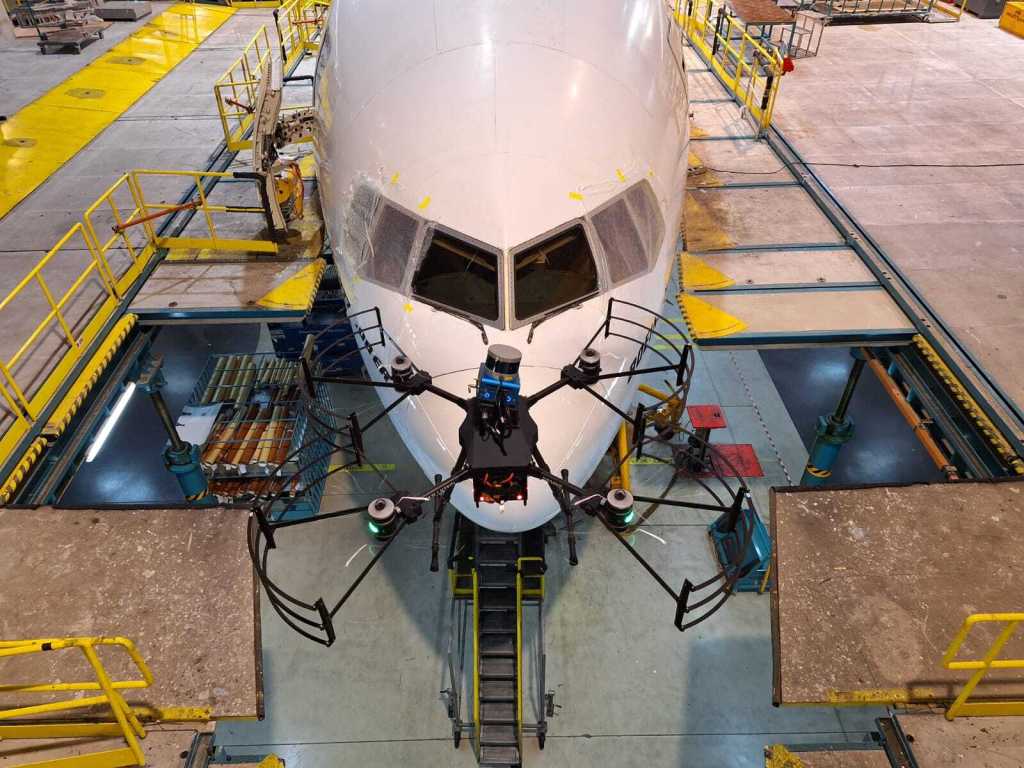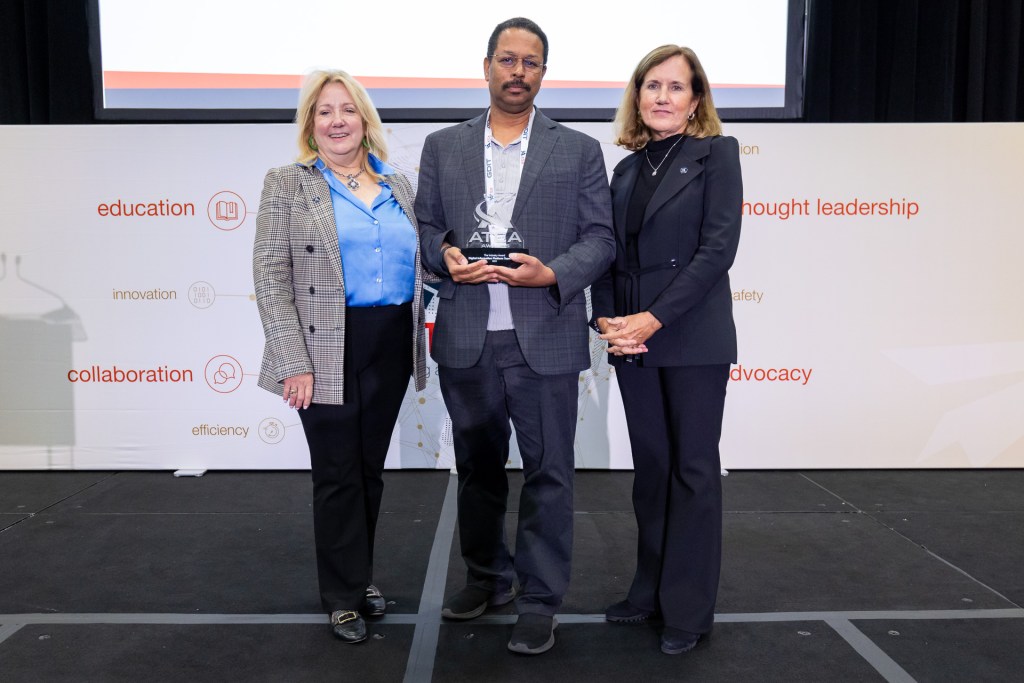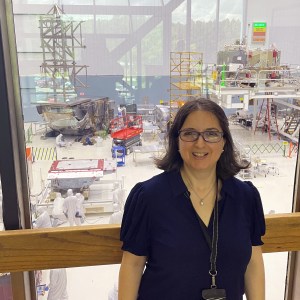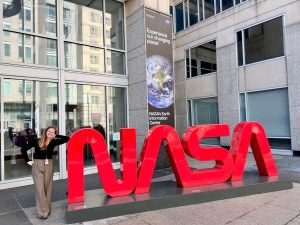Perched 254 miles above Earth’s surface, astronaut and scientist Piers Sellers watched the Amazon River, a small, winding thread, snake between his legs. That was the moment, he later recounted, when he began to understand the gravity of Earth’s predicament.
“When you’re up there in orbit and you can see 1,200 miles in any direction. Let me tell you, it’s kind of a revelation,” Sellers told Leonardo DiCaprio in a scene from the actor’s film, Before the Flood. Sellers’ time in space ultimately shifted his perspective and cemented his desire to communicate the intricacies and immediacy of climate change.
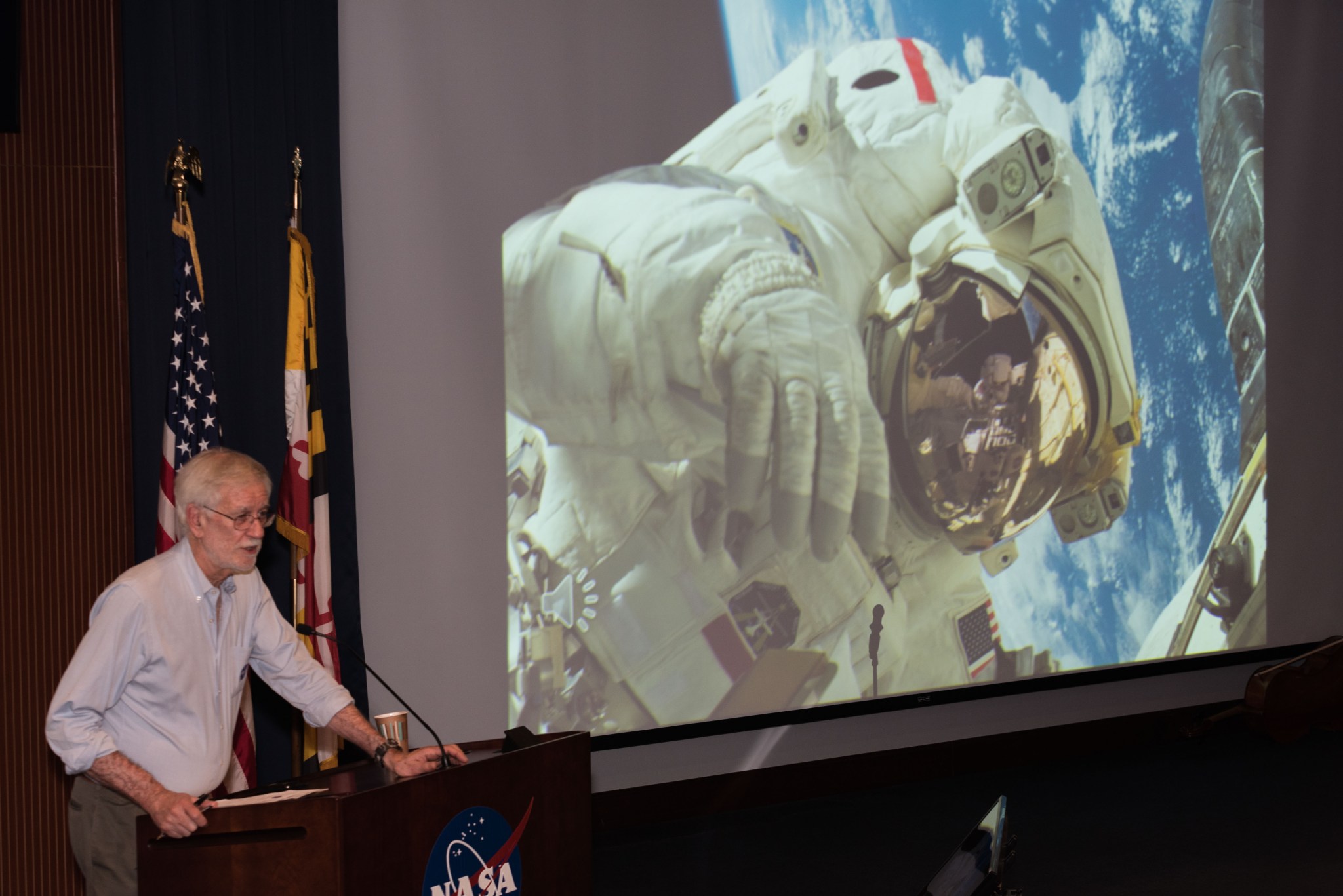
In late 2015, Sellers, then the director of the Earth Sciences Division at NASA’s Goddard Space Flight Center, in Greenbelt, Maryland, was diagnosed with pancreatic cancer. For more than a year up until his death on Dec. 23, 2016, he toiled away, fastidiously committed to his climate science research and sharing its impacts with the world.
On March 29, 2019, Sellers’s friends and colleagues at Goddard celebrated his life and work with a colloquium: “Our Years with Piers.” Host Compton Tucker reminisced about decades of friendship with the beloved scientist, astronaut and science communicator. Musicians also performed a unique composition inspired by Sellers’ observations in space. (Listen to a conversation between Sellers and Tucker on Soundcloud.)
Haunting Medley
Composer Bruce Adolphe, best known for his popular public radio show, Piano Puzzlers, wrote the song “I saw how fragile and infinitely precious the world is.” Adolphe has focused much of his orchestral works on the nexus between art and science.
Cellist Sophie Shao and mezzo-soprano Kady Evanyshyn joined Adolphe to commemorate the astronaut. The piece featured three movements and included an array of echoing space sounds, a woman weeping and the cracking of ice.
“It needed to feel lonely because being in space is lonely,” Adolphe said of his tribute to Sellers.
Tucker first heard Adolphe’s composition at the 2018 Off the Hook Arts Festival in Fort Collins, Colorado.
Friends, Colleagues and Family Connect
Guy Sellers, Piers’ brother, recounted their childhood in Britain, detailing his brother’s lifelong interest in flying. “He got his pilot’s license at 17, but almost lost it immediately after by buzzing our school,” the younger Sellers said, eliciting laughter from the audience.
In 1982, Sellers joined Goddard and took a research position at the University of Maryland in College Park in. He worked to model interactions between Earth and its atmosphere, focusing specifically on how changes in vegetation alter Earth’s climate.
Colleagues traveled from near and far to participate in the symposium. Jagadish Shukla, a close friend to Sellers and director of the Center for Ocean-Land-Atmosphere Studies of George Mason University in Fairfax, Virginia, and Forest Hall, a senior biospheric scientist at Goddard, who worked with Sellers on the FIFE and BOREAS field campaigns, shared stories about the astronaut.
David Randall, an atmospheric scientist at Colorado State University in Fort Collins, worked with Sellers to include changes in photosynthesis to global climate models. He best remembers Sellers “great ideas, ambition and ability to get everyone to work together.”
Joe Berry, acting director at the Carnegie Institution for Science in Palo Alto, California, also spoke about the quick-witted scientist. “He could keep a whole team feeling energized and happy,” Berry said.
Astronaut Pamela Melroy, who flew with Sellers on STS-112, recalled a trek through Utah’s canyonlands designed to prepare the crew for their 2002 mission aboard the space shuttle Atlantis. During a particularly challenging part of the hike, Piers stepped up to assist the crew.
In that moment, Melroy remembered, she felt confident that the team would find a way to work together. “Piers personified that,” she said.
By Jennifer Leman
NASA’s Goddard Space Flight Center, Greenbelt, Md.





